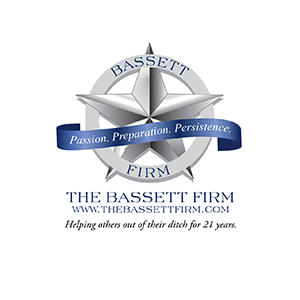Faced with a claim in which a Plaintiff claims to have slipped or fallen on your premises? If so, the Plaintiff will face several legal hurdles before being able to assert a valid cause of action.
Generally, a cause of action for premises liability requires that the Plaintiff present proof of six elements:
(1) Plaintiff was an invitee;
(2) Defendant was the possessor of the premises;
(3) A condition on the premises posed an unreasonable risk of harm;
(4) Defendant knew or reasonably should have known of the danger;
(5) Defendant breached its duty of care by both:
(A) failing to adequately warn Plaintiff of the condition; and
(B) failing to make the condition reasonably safe; and
6) Defendant’s breach proximately caused Plaintiff’s injuries.
Fort Brown Villas III Condo. Ass’n v. Gillenwater, 285 S.W.3d 879, 883 (Tex. 2009); CMH Homes, Inc. v. Daenen, 15 S.W.3d 97, 99 (Tex. 2000).
Often the 4th element is the most difficult for a Plaintiff to prove. In the context of slip-and-fall cases, the Texas Supreme Court has recognized three ways to satisfy this actual or constructive notice requirement. See Wal-Mart Stores v. Reece, 81 S.W. 3d 812, 814 (Tex. 2002). Specifically, Plaintiff may establish notice by presenting evidence that:
(1) the defendant placed the substance on the floor,
(2) the defendant actually knew that the substance was on the floor, or
(3) it is more likely than not that the condition existed long enough to give the premises owner a reasonable opportunity to discovery it.
Actual notice is fairly straight forward; however, when considering constructive notice – the 3rd option listed above – the Texas Supreme Court has adopted the “time-notice” rule, which “is based on the premise that temporal evidence best indicates whether the owner had a reasonable opportunity to discover and remedy a dangerous condition.” Id. at 816. In other words, “there must be some proof of how long the hazard was there before liability can be imposed on the premises owner for failing to discover and rectify, or warn of, the dangerous condition.” Id. For this reason, the Court reasoned that the mere proximity of an employee to the dangerous condition near the time of the fall is insufficient to establish constructive notice. Id. at 813. Ultimately, the Court concluded that the absence of any evidence indicating “when or how the spill came to be on the floor … [or] evidence concerning the condition of the spilled liquid that might indicate how long it had been there” meant that the Plaintiff failed to establish that it was more likely than not that the spill had existed long enough for Defendant to have reasonably discovered it. Id. at 817.
The Texas Supreme Court has acknowledged that, under this analysis, “What constitutes a reasonable time for a premises owner to discover a dangerous condition will, of course, vary depending upon the facts and circumstances presented. Id. at 816. However, the Court has given some guidance on “what quantum of circumstantial evidence is legally sufficient to support a finding that an unreasonable dangerous condition has existed long enough to charge a proprietor with constructive notice of the condition.” Wal-Mart Stores v. Gonzalez, 968 S.W. 2d 934, 935 (Tex. 1998). For example, the Court clarified that circumstantial evidence that equally supports opposite inferences is insufficient to establish that it is more likely than not that the dangerous condition has been there long enough to give the owner a reasonable opportunity to discover it. Id. at 936. Similarly, evidence that is “mere speculative, subjective opinion” is also insufficient. Id. at 937-38.
Key Points:
To assert a valid slip-and-fall action, the Plaintiff must present proof of six elements. Carefully assess whether the Plaintiff’s claim is deficient on each of the six elements. Defense of most slip-and-fall cases ultimately involves a challenge to the actual or constructive notice requirement. Challenge the Plaintiff during deposition and through special exceptions to determine if they can meet their burden of proof.

